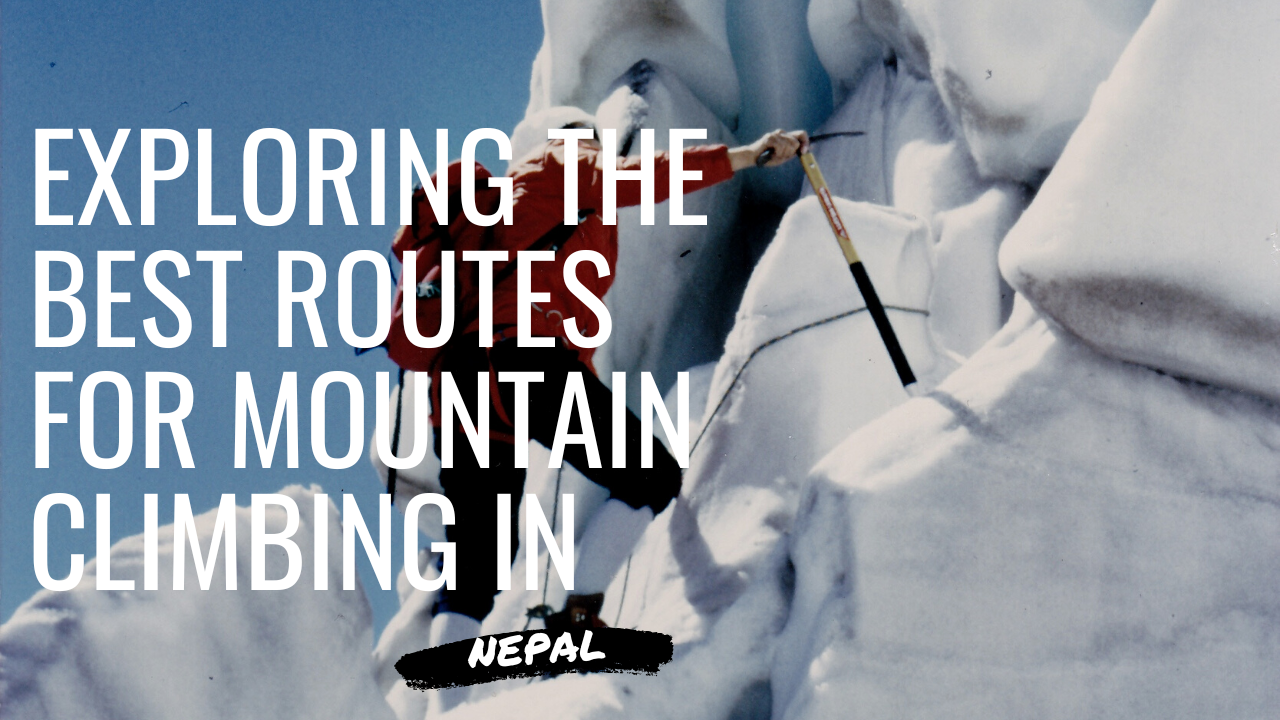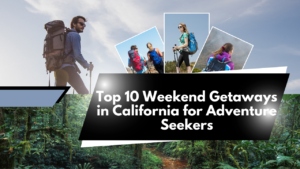Nepal is every mountaineer’s dream. Tucked away in the lap of the Himalayas, this small yet magnificent country offers some of the world’s best Mountain climbing in Nepal routes. With eight of the world’s fourteen 8,000-meter peaks—including Mount Everest—Nepal is a playground for climbers seeking adrenaline, adventure, and breathtaking beauty.
But climbing here isn’t just about scaling heights. It’s about walking through ancient trails, staying in Sherpa villages, soaking in spiritual energy from monasteries, and witnessing landscapes that seem straight out of a fantasy.
If you’re planning to climb in Nepal, let’s walk through the best routes and what makes each one unique.
Table of Contents
The Charm of Mountain Climbing in Nepal
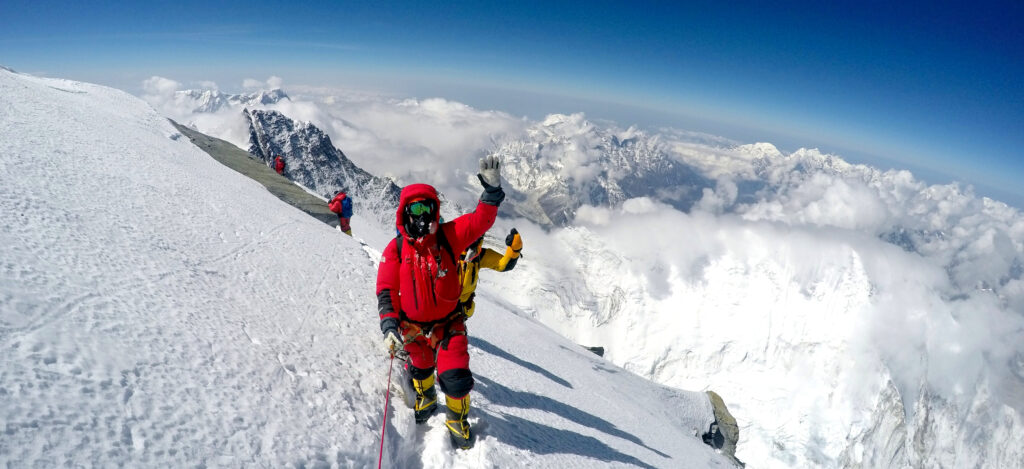
The Himalayas are not just mountains; they’re legends carved in rock and snow. Nepal’s geography offers dramatic landscapes—ranging from subtropical forests at lower altitudes to snow-capped peaks that pierce the sky.
Apart from the natural beauty, Mountain climbing in Nepal is deeply tied to culture. Sherpas, known for their unmatched mountaineering skills, add richness to the experience. Along the way, prayer flags, spinning wheels, and chanting monks remind you that climbing here is as spiritual as it is physical.
Best Time for Mountain Climbing in Nepal
Spring Season (March–May)
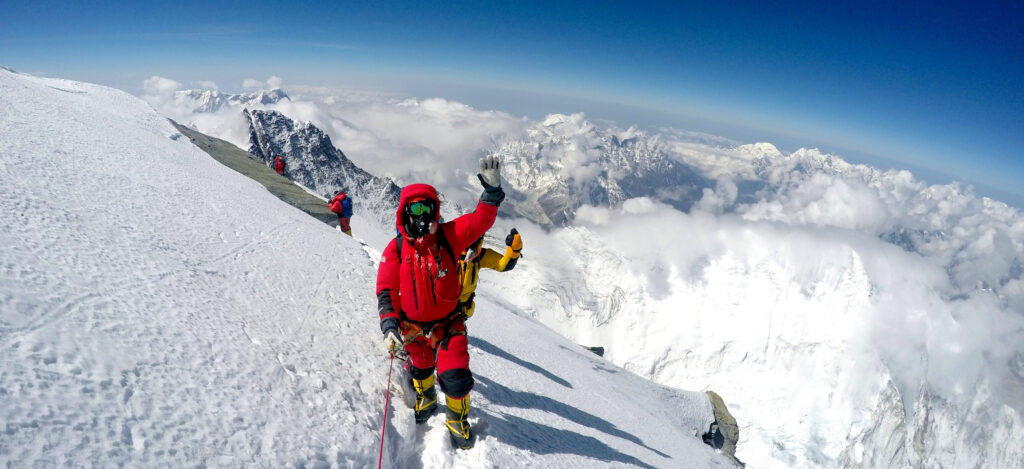
One of the most well-liked seasons is spring. Mountaineers get ready for Everest and other high summits, the weather is steady, and the pathways are painted with rhododendron.
Autumn Season (September–November)
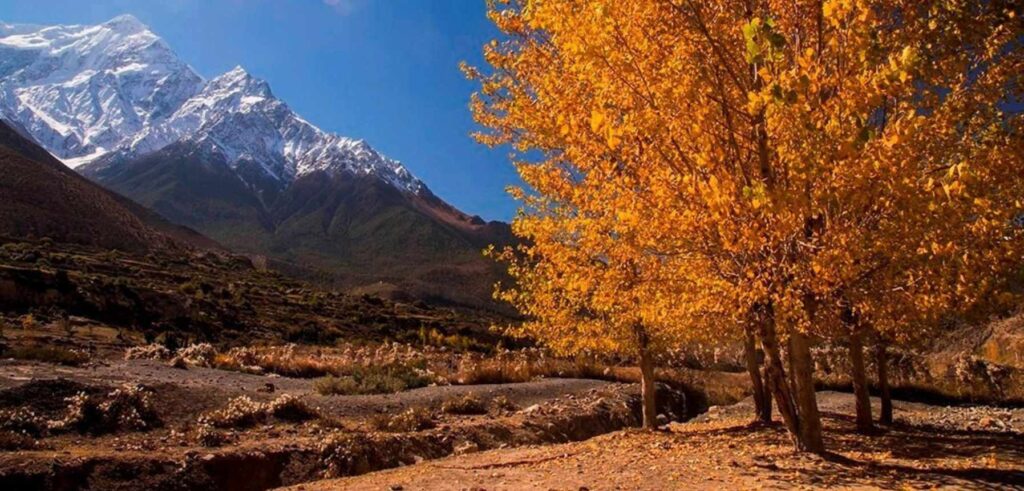
Another prime time. Crystal-clear skies, stunning visibility, and cool temperatures make this season ideal.
Off-Season Climbing
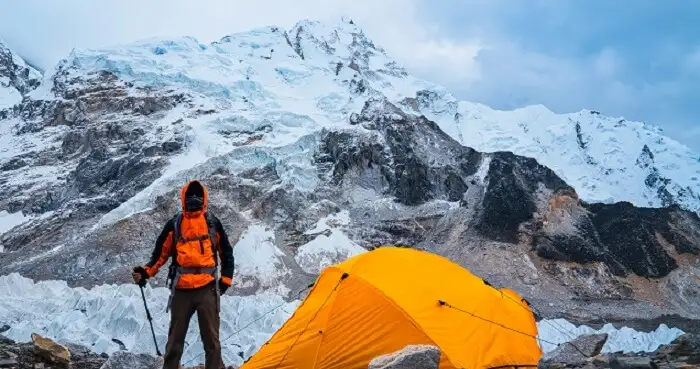
Winter and monsoon treks are tougher but reward those who love solitude and raw adventure.
Famous Mountain Climbing Routes in Nepal
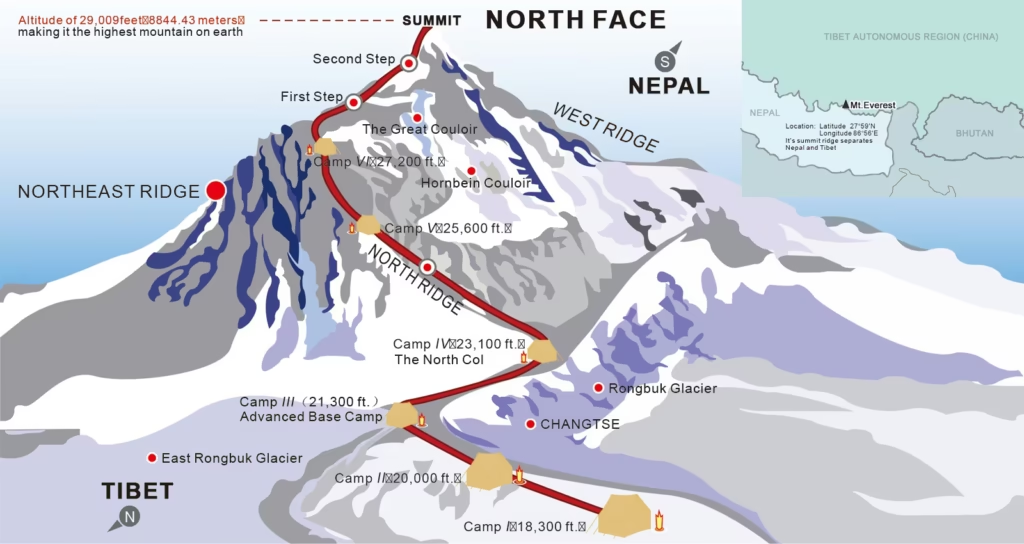
Nepal’s mountain routes are spread across different regions. The Everest and Annapurna regions are the most popular, but hidden gems like Manaslu and Kanchenjunga are equally mesmerizing.
Everest Region Routes
Everest Base Camp Route
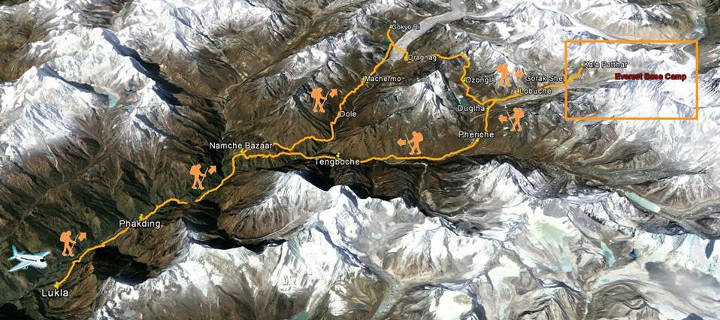
Probably the most iconic trek in the world. While not a technical climb, the journey to Everest Base Camp (5,364 m) offers incredible Himalayan views and a chance to experience Sherpa culture.
Island Peak (Imja Tse) Climb

At 6,189 meters, Island Peak is perfect for beginners aiming for their first Himalayan summit.
Lobuche East & West Routes
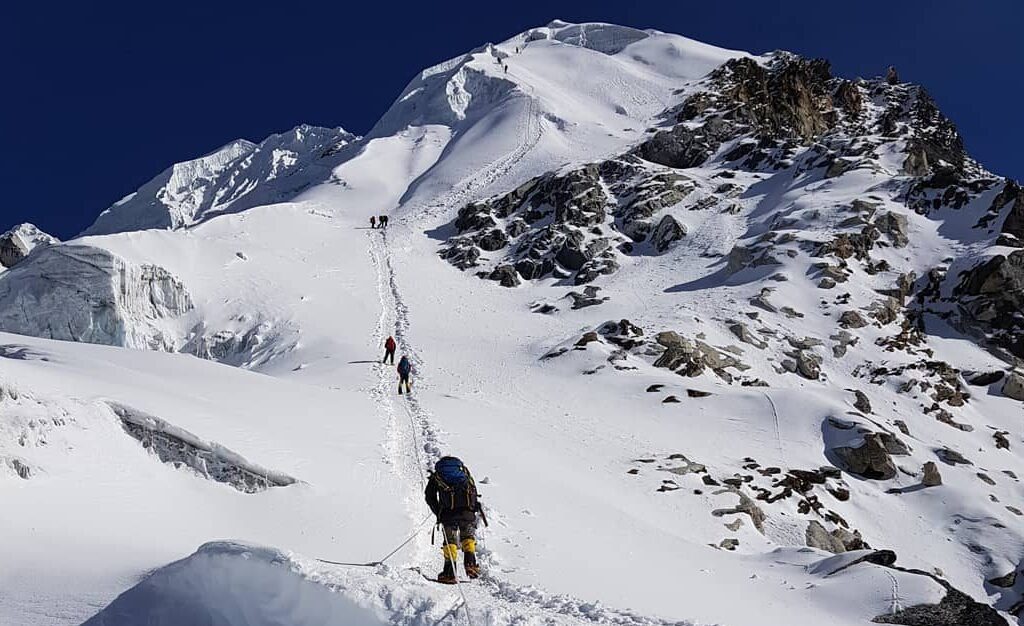
A challenging climb offering technical sections and phenomenal views of Everest and Lhotse.
Mera Peak Expedition
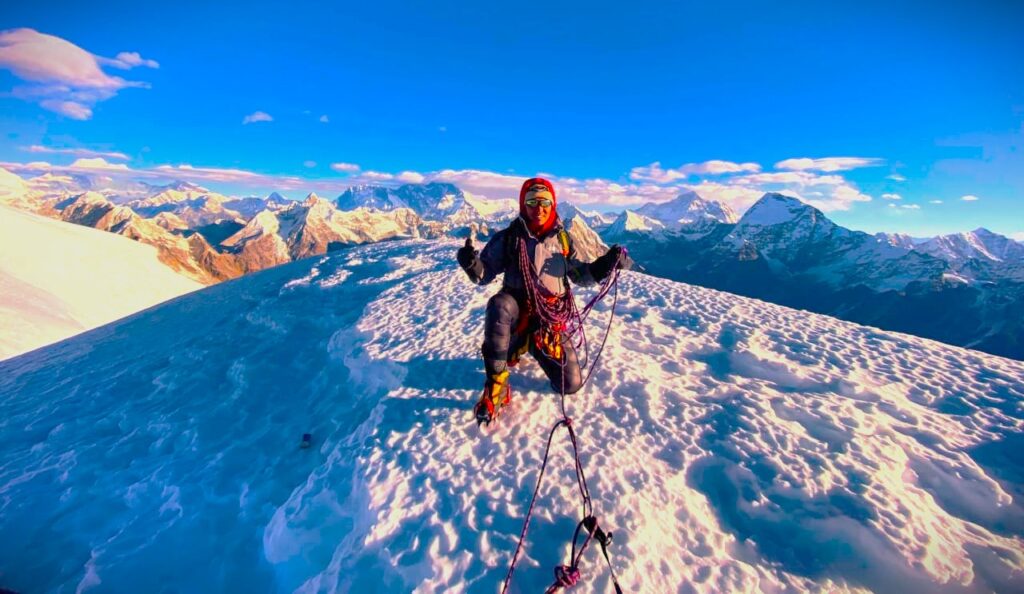
Nepal’s highest trekking peak at 6,476 meters. A bit remote, but the views of five 8,000-meter peaks are unmatched.
Climbing Mount Everest
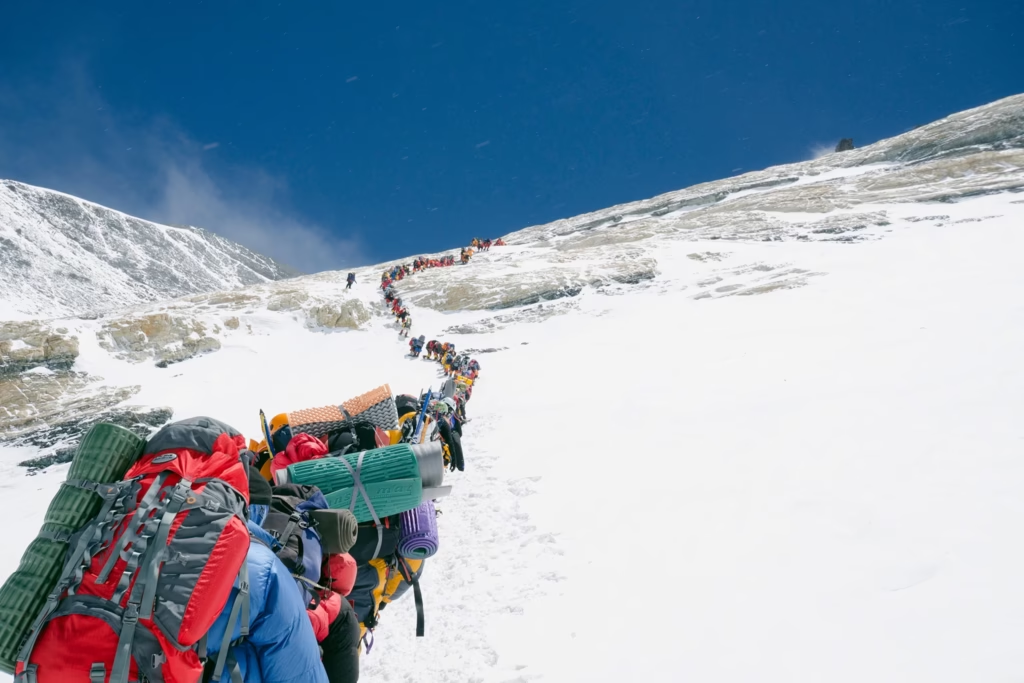
The crown jewel. At 8,848 meters, Everest is the ultimate dream of mountaineers worldwide. Requires technical skill, endurance, and immense preparation.
Annapurna Region Routes
Annapurna Base Camp (ABC)
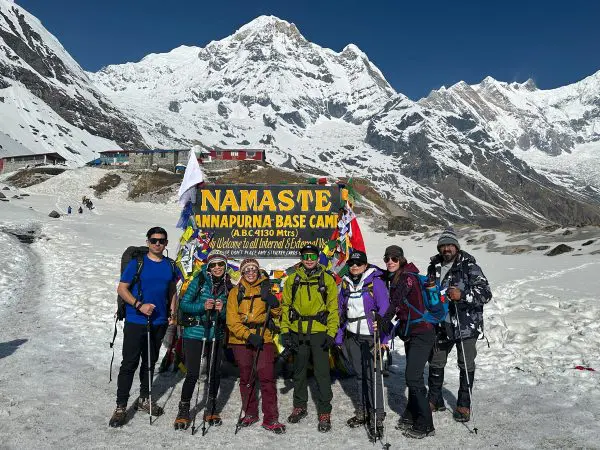
ABC (4,130 m) is a trekker’s paradise. Surrounded by Annapurna peaks, it’s one of the most scenic routes.
Annapurna Circuit with Tilicho Lake
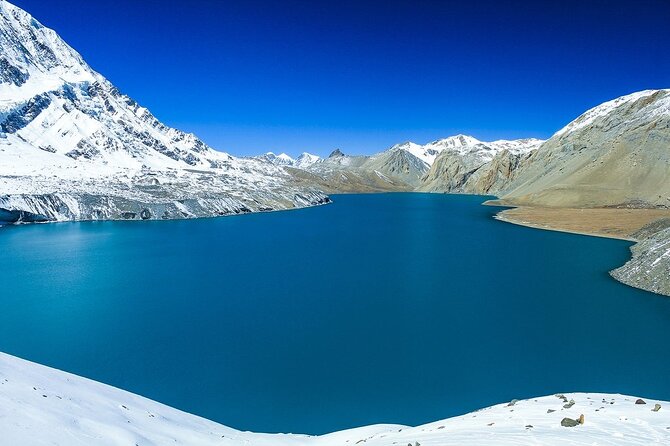
A classic trek featuring the world’s highest lake—Tilicho. Offers diverse landscapes, from lush valleys to high passes.
Pisang Peak Climb

A 6,091-meter peak that is technically demanding but highly rewarding.
Chulu East and West Routes
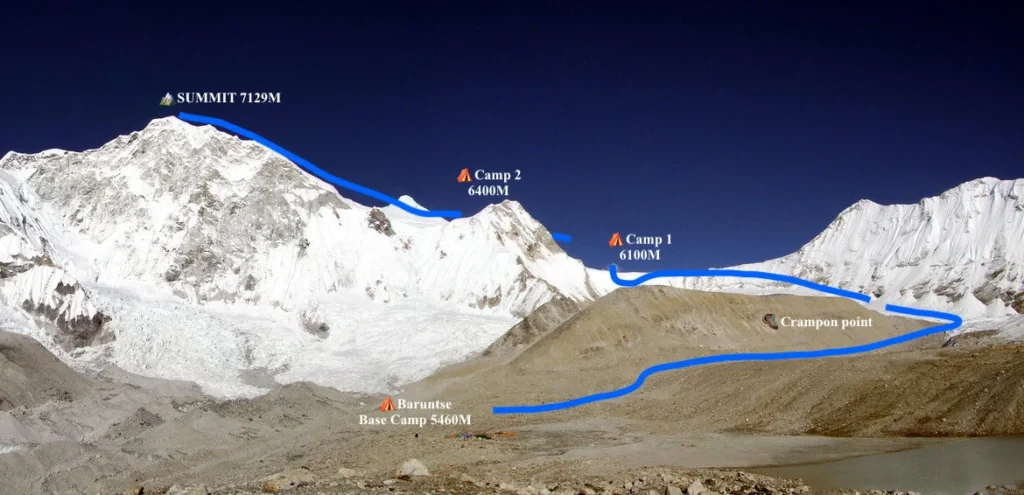
Part of the Annapurna Himalaya, these climbs challenge even seasoned climbers.
Manaslu Region Routes
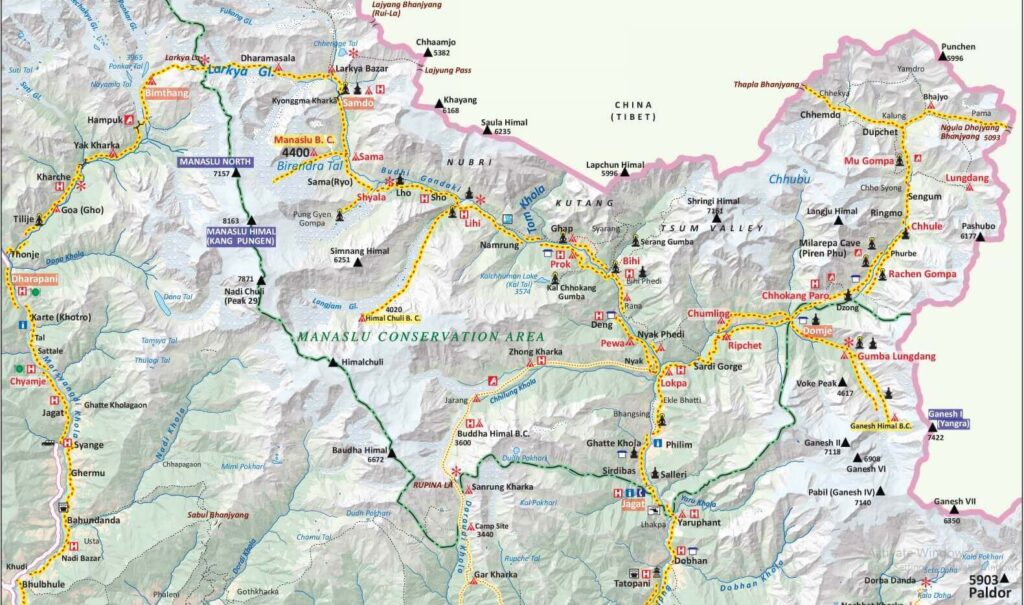
The eighth-highest peak in the world is Manaslu, often known as the “Mountain of Spirit.” Because it is less congested and still offers breathtaking scenery, the Manaslu Circuit is becoming more and more well-liked.
Langtang Region Routes
Langtang Valley Climbs
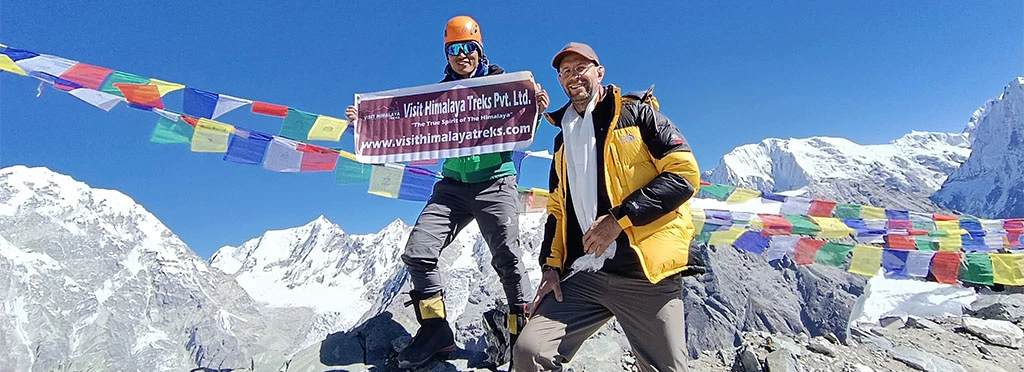
Closer to Kathmandu, this region offers shorter expeditions with rewarding views.
Yala Peak
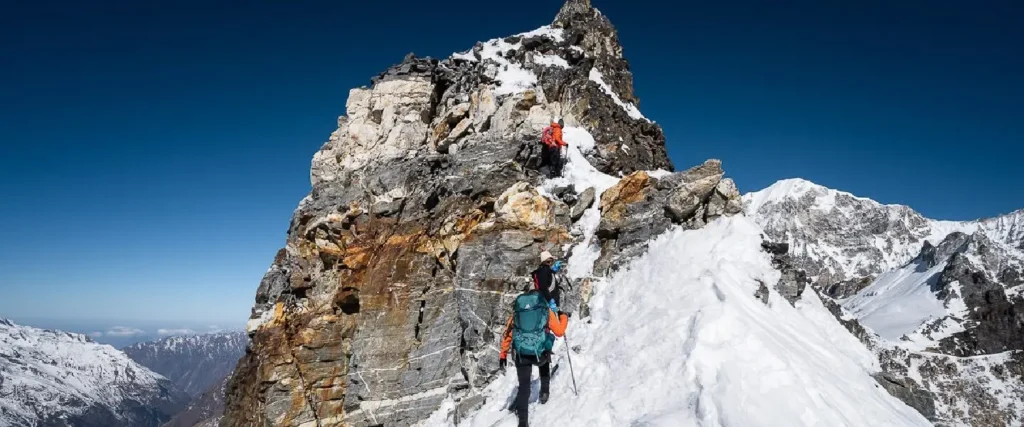
A 5,500-meter beginner-friendly climb in Langtang.
Naya Kanga Peak
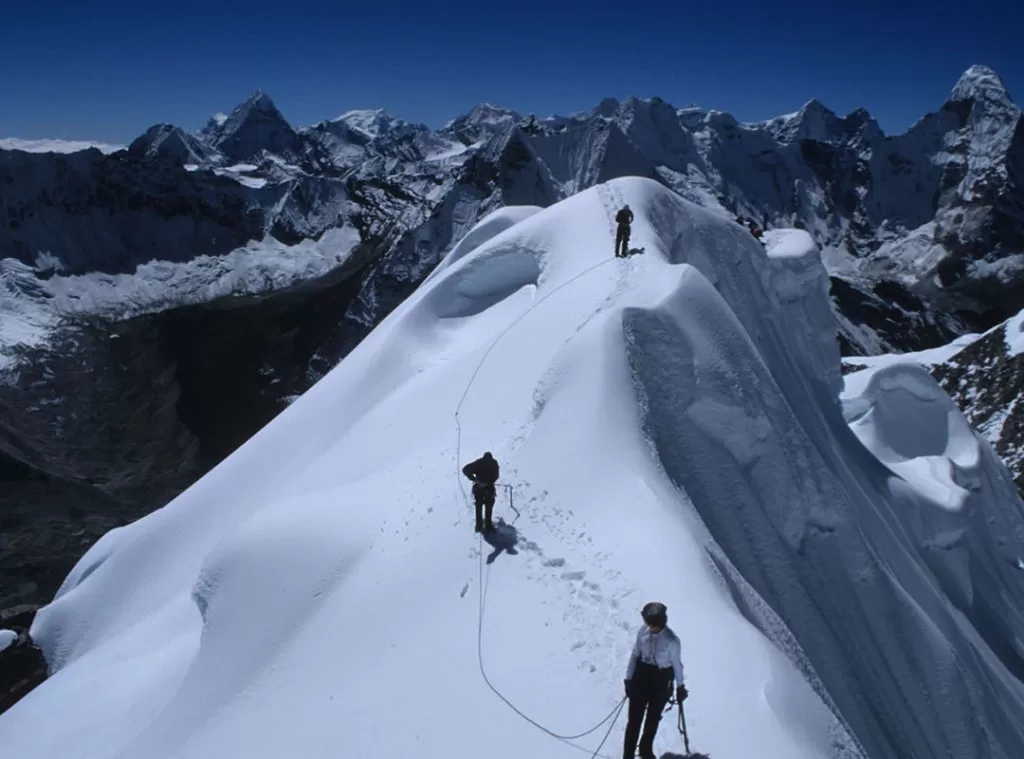
A slightly technical peak for adventure seekers.
Hidden and Less-Known Routes
Makalu Base Camp
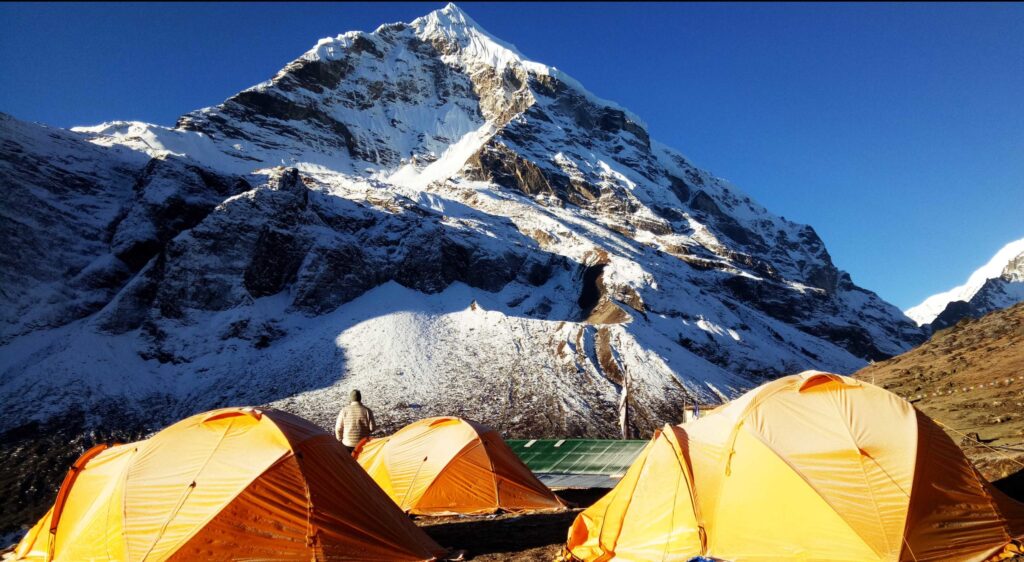
Remote and wild, for those who love offbeat climbs.
Kanchenjunga Region
Home to the world’s third-highest peak. Less explored but deeply rewarding.
Dhaulagiri Circuit
A demanding route for those who want raw, untouched Himalayan beauty.
Difficulty Levels of Nepal Climbing Routes
- Beginner-friendly: Island Peak, Yala Peak
- Moderate climbs: Pisang Peak, Lobuche East
- Advanced expeditions: Everest, Kanchenjunga, Dhaulagiri
Permits and Regulations
Climbers need climbing permits issued by Nepal’s Department of Tourism. Trekking routes also require TIMS (Trekkers’ Information Management System) and conservation area permits. Always check current fees before heading out.
Essential Gear and Preparation
From warm clothing and mountaineering boots to ice axes, crampons, and ropes—gear matters. Fitness training, altitude acclimatization, and hiring experienced guides make the difference between success and failure.
Cultural Experiences Along the Routes
Sherpa hospitality, monasteries perched on cliffs, and prayer flags fluttering in the wind make climbing in Nepal more than just an adventure—it’s a soulful experience.
Safety Tips for Climbing in Nepal
- Acclimatize properly to avoid altitude sickness.
- Check daily weather updates.
- Have insurance that covers helicopter evacuation.
Sustainable and Responsible Climbing
Leave no trace, respect local traditions, and support community-based tourism. By climbing responsibly, you help preserve Nepal’s mountains for future generations.
Also visit:
Secret Treasures: Discovering Hidden Gems in Italy
Hidden Gems in Italy: Exploring Beyond the Tourist Trail
Hidden Gems in Italy That Will Take Your Breath Away
The Best Beaches in Florida for Nightlife and Entertainment
The Best Beaches in Florida for Beach Volleyball
Conclusion
Mountain climbing in Nepal is more than conquering peaks—it’s about embracing nature, culture, and self-discovery. Whether you’re starting with beginner-friendly peaks like Island Peak or dreaming of Everest, Nepal has something for every climber.
The mountains call, and Nepal is where that call turns into a life-changing journey.

